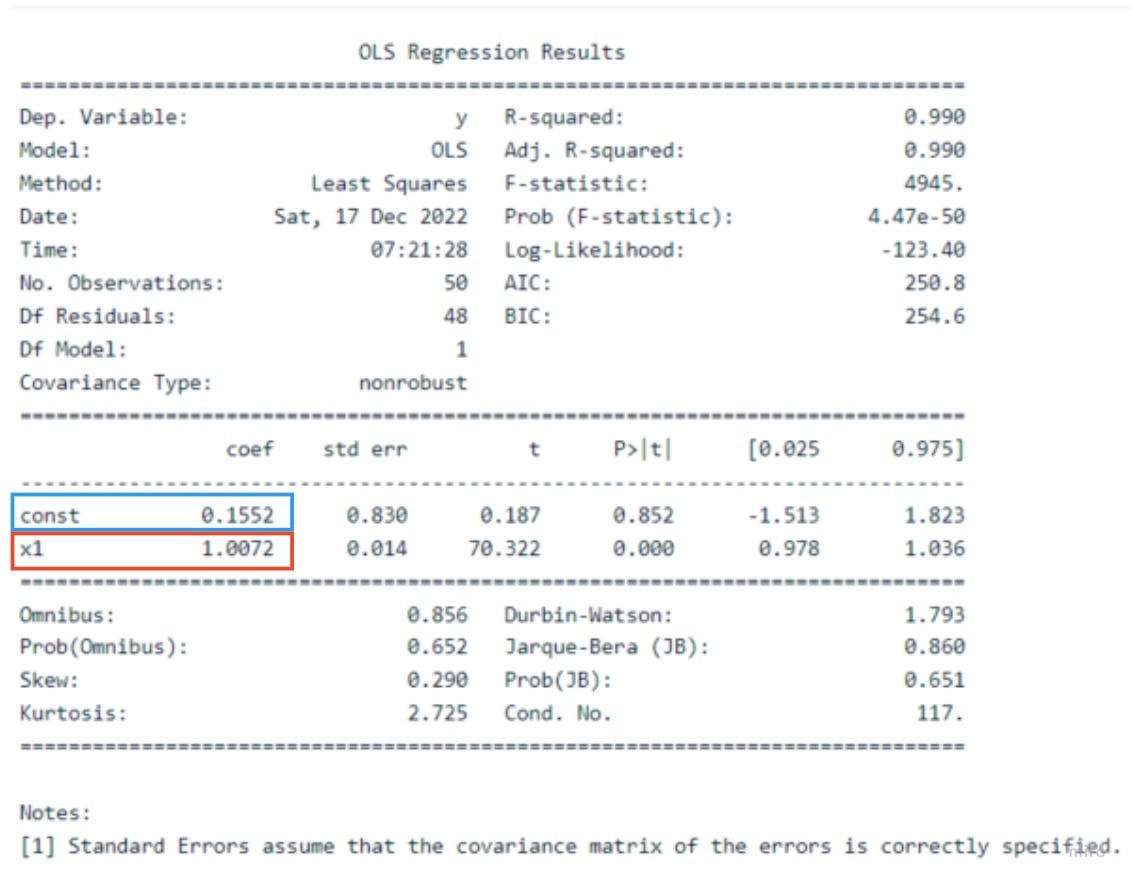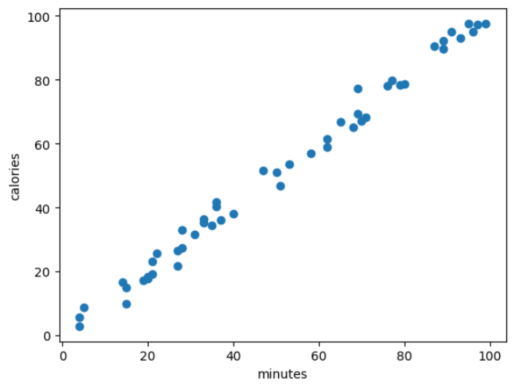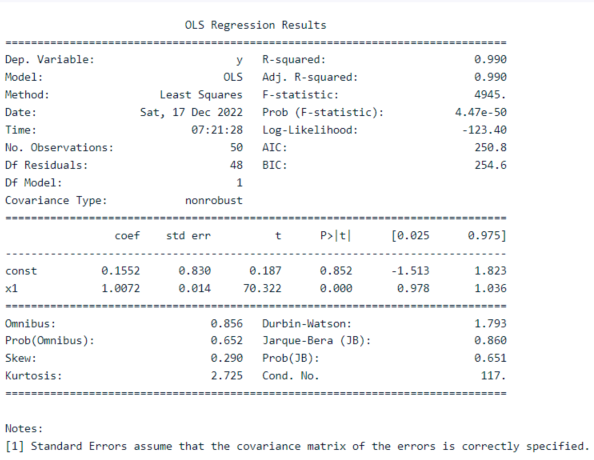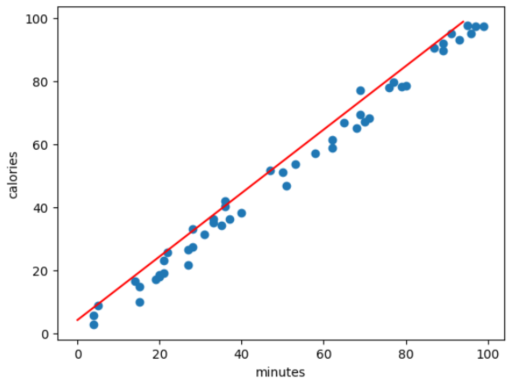Regression analysis
Analyzing Survey Data in Python

EbunOluwa Andrew
Data Scientist
Regression analysis
- Understand the relationship between variables
- Utilized to predict a precise outcome
- Gauge influence of different independent variables on dependent variable
- Forecasts potential future opportunities and risks
- Reduces huge piles of raw data into actionable information
- Provides factual support for informed decisions

Linear regression using ordinary least squares (OLS) method
- Linear regression model
- Assumes linear relationship between x and y variable
- y = m * x + b
- Ordinary Squares (OLS) Method
- Sum((calculated-observed)^2) => minimized

1 https://seeing-theory.brown.edu/regression-analysis/index.html
Loading data
import pandas as pdimport numpy as npimport matplotlib.pyplot as pltimport statsmodels.api as smexercise_data = pd.read_csv('workout_survey_data.csv') print(exercise_data.head())
| workout_minutes | calories_burned |
|-----------------|-----------------|
| 77 | 79.775152 |
| 21 | 23.177279 |
| 22 | 25.609262 |
| 20 | 17.857388 |
Define variables
x = independent variable y = dependent variable
x = exercise_data.minutes.tolist()
y = exercise_data.calories.tolist()
print(x,'\n',y)
| [77, 21, 22, 20, 36... |
|----------------------------------|
| [79.7, 23.1, 25.6, 17.8, 41.8... |
Survey data
| workout_minutes | calories_burned |
|---|---|
| 77 | 79.775152 |
| 21 | 23.177279 |
| 22 | 25.609262 |
| 20 | 17.857388 |
| 36 | 41.849864 |
Add constant term
x = sm.add_constant(x)
print (x)
- Tells model to fit a value for b

Perform regression and fit
result = sm.OLS(y,x).fit()
print(result.summary())
Retrieving m and b

Plot original values
x = exercise_data.minutes.tolist()
y = exercise_data.calories.tolist()
plt.scatter(x,y)
plt.xlabel('minutes')
plt.ylabel('calories')
plt.show()

Plotting the regression line
max_x = exercise_data.minutes.max() min_x = exercise_data.minutes.min() x = np.arange(min_x, max_x, 1)y = 1.0072*x + 0.1552plt.plot(y, 'r') plt.show()
Predict response
y = 1.0072 * 30 + 0.1552
print(y)
30.3712
Linear regression pros and cons
- Pro
- Performs well when data is linearly separable
- Con
- Assumes linear relationship for non-linear cases
Let's practice!
Analyzing Survey Data in Python



